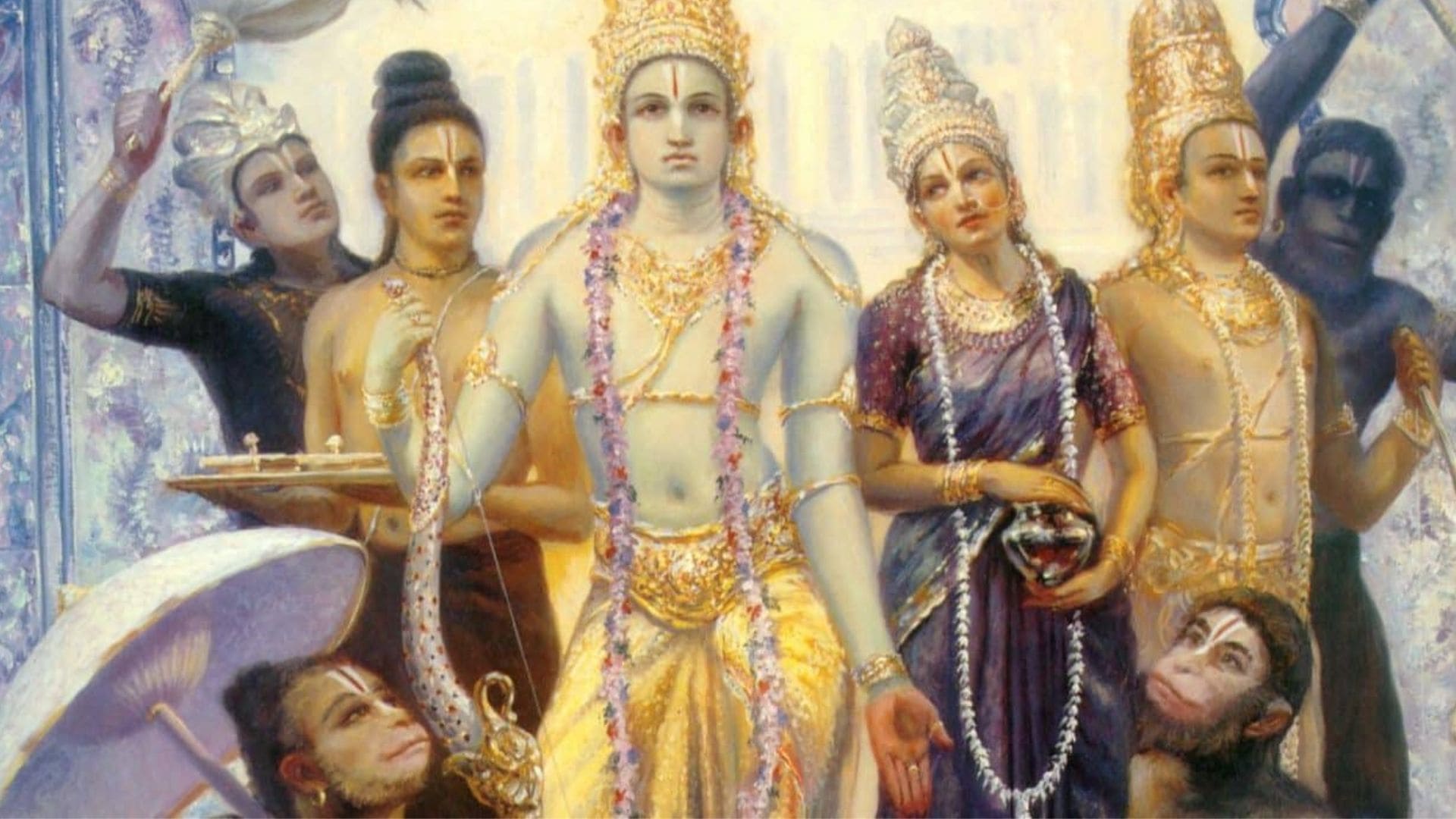
6 Lesser-Known Facts About the Ramayana You Might Not Have Heard
6 Lesser-known facts about Ramayana
Ramayan, that eternal epic of the ideal son, king and human. Lord Ram the perfect example of how to lead a life of principles. We - almost all Indians - know the broad tale of Ramayan. We know about the promise King Dashrath made to Kaikeyi years before his eldest son (by another wife) was ready to be anointed king.
We know how Manthara - the old handmaiden - poisoned an otherwise caring Kaikeyi's ears and instigated her to act in the selfish interest of her own son Bharat. We know the love share between the half-siblings Ram, Laxman and Bharat (though Laxman's brother Shatrughan is given much less space in the narrative).
But here are some interesting facts of Ramayan that are rarely mentioned in the broad narrative.
- Lord Ram's wife Sita wasn't King Janak's own daughter—
Different versions exist about who was the real father of Sita Mata. But one thing they all agree on was that Janak the king of Mithila and his wife Sunaina were not the biological parents of the child. Ramayan says that as a part of worship of the Bhumi (Mother Earth) goddess, Janak was ploughing the field and his plough struck a box that carried a newborn that the Bhumi Devi had meant for him to adopt as his own.
In a startling alternate narrative of the Ramayan, the Jaina version of Ramayana by Sanghadasa - called the Adbhuta Ramayana - Sita is called Vasudevahindi and is said to have been born as the daughter of Ravana and Vidyadhara Maya (Ravana's wife). It also claims that astrologers predict that first child of the duo will destroy his lineage. The child is then abandoned and found by Janaka.
- Laxman's no-sleep penance has a backstory -
Ravan's son Meghnaad (Meghnad) had a boon that he could only die at a Gudakesh person's hands. A Gudakesh is he/she who has conquered sleep. Laxman's quest over slumber qualified him to be the slayer of the Meghnad aka Indrajit. The latter is considered as one of the Atimaharathi class warriors born on the earth who wields Trimurti - the three powerful astras (weapon systems) viz. Brahmandastra, Vaishnavastra and Pashupatastra. Laxmana uses Anjalika-astra to slay Maghnad on Day 3 of the battle.
- Laxman laughed uncontrollably at Ram's coronation -
After staying awake for 14 years at a stretch, and having defeated Ravan (Dussehra commemorates that) in the month of Kartik, the trio of Ram, Sita, and Laxman arrive at Ayodhya (Diwali is the commemoration of that day). Now Bharat is eager to see elder brother take charge of the empire as he has ruled in Ram's name with the latter's paduka (wooden slippers) placed on the throne as proxy. The coronation ceremony is about to happen when Laxman begins to laugh uncontrollably. That is because Goddess Nidra had promptly appeared before Lakshman and now he must submit to her powers as Ram and Sita are safely back home. So before Ram is crowned king, Laxman falls asleep and his wife Urmila wakes up.
-
Sita’s name during the exile was Vaidehi.
-
According to Valmiki’s Ramayana, Lord Rama was an outstanding human being. But in Rama Charit Manas, Tulsidas referred him as god.
Hindus perceive Lord Rama as Maryada Purushottama, the perfect man.
- Sita had broken the shiv dhanush ( Lord Shiva's bow) during her childhood. That’s the reason King Janak put the condition of breaking the bow at Sita’s swayamvar.
Similar Stories
Explore the legendary warriors and sages who could challenge or defeat Arjuna in battle without the intervention of Lord Krishna. From Parshurama's celestial prowess to Hanuman's divine strength, and the unparalleled knowledge of Sage Vishwamitra and Vashishta, we dive into their mythical feats and powers compared to Arjuna's archery skills.
Explore the fascinating comparison between Hiranyakashyap, the ruler of all three Lokas in Satya Yuga, and Ravan, the mighty king of Lanka in Treta Yuga. Discover why Hiranyakashyap is often regarded as more powerful through their battles, boons, and rule across the universe as depicted in Hindu mythology
Discover the profound spiritual significance of Lord Krishna’s miraculous intervention during Draupadi’s disrobing in the Mahabharata. Explore the themes of faith, divine vision (Divya Drishti), and Krishna’s role in upholding dharma. Learn how Krishna’s unseen presence protected Draupadi’s dignity and exposed the wickedness of the Kauravas, offering timeless lessons on surrender, righteousness, and divine grace.
Astrology, Mantras, Events, Stories & More.
